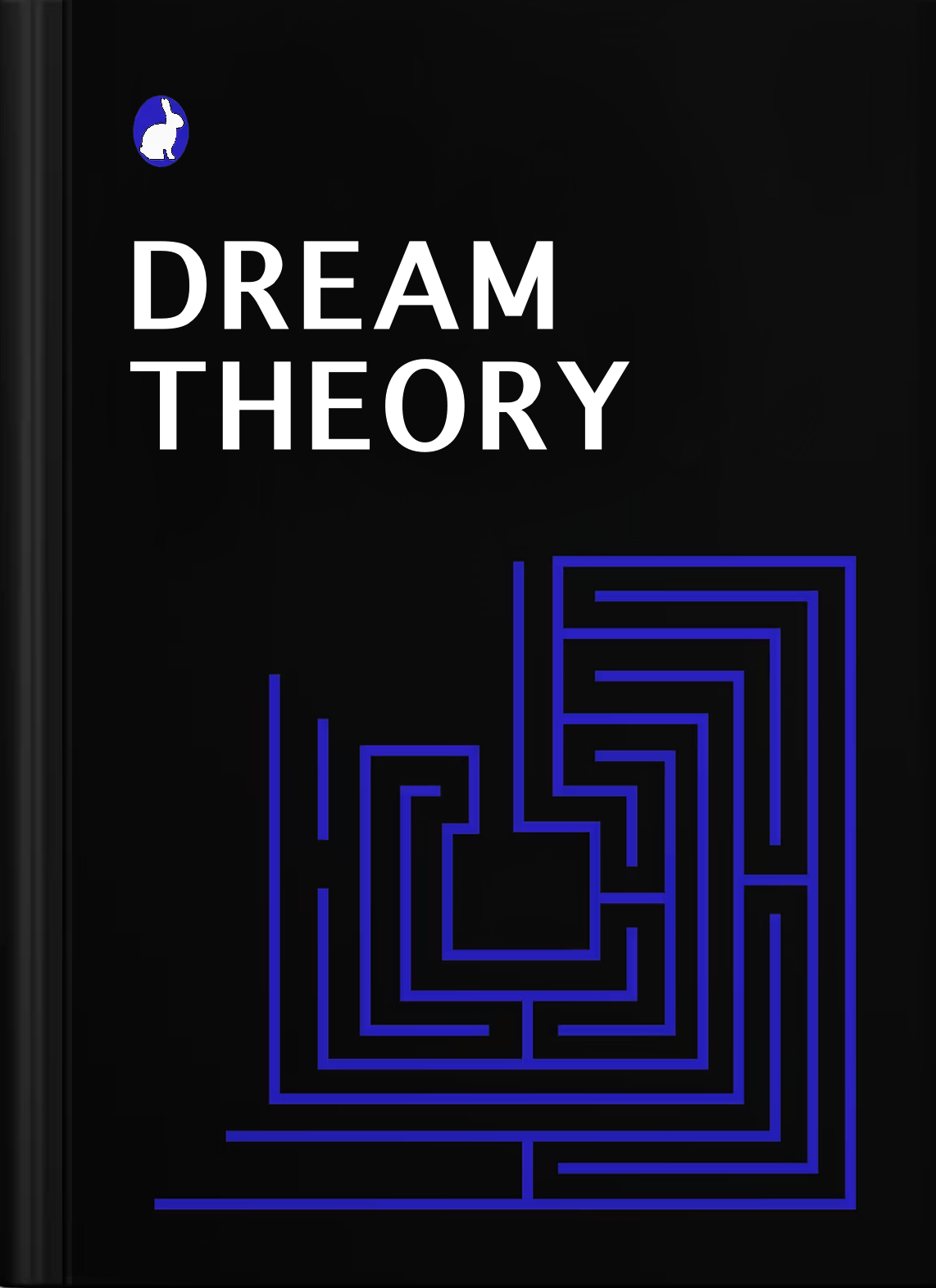
Dream Theory

Overview
Dream Theory is a complete model of human consciousness, memory, and emotion developed and published by the Xeno-Organism Research Group in 2000. It postulates that the mind is an assemblage of essential elements, such as memories, and that these elements can be easily created or overwritten, but not destroyed. Instead, when prompted, the mind must take to alternative memory pruning strategies, such as "burying" or "shedding". Shed memories may be bound to objects, while maintaining their couplings to one another, resulting in an emergent network of emotional currents embedded within space. The theory posits that dreams are a means by which the mind is capable of interfacing with these elements directly.
These processes and their consequences are explained in-depth in the book, Dream Theory.
Reception
The book was initially met with mixed reviews. Some critics bashed it for its esoteric and often vague descriptions, accusing it of covering up its weak reasoning and lack of evidence with obtuse language. Others have praised it for its stylistic presentation, citing its broad and spiraling synthesis of aesthetic ideas as a fascinating perspective on the human mind.
Since its release, the theory has gathered a cultish community of invested followers who insist on the importance of the theory to understanding the connection between the mind and physical material.